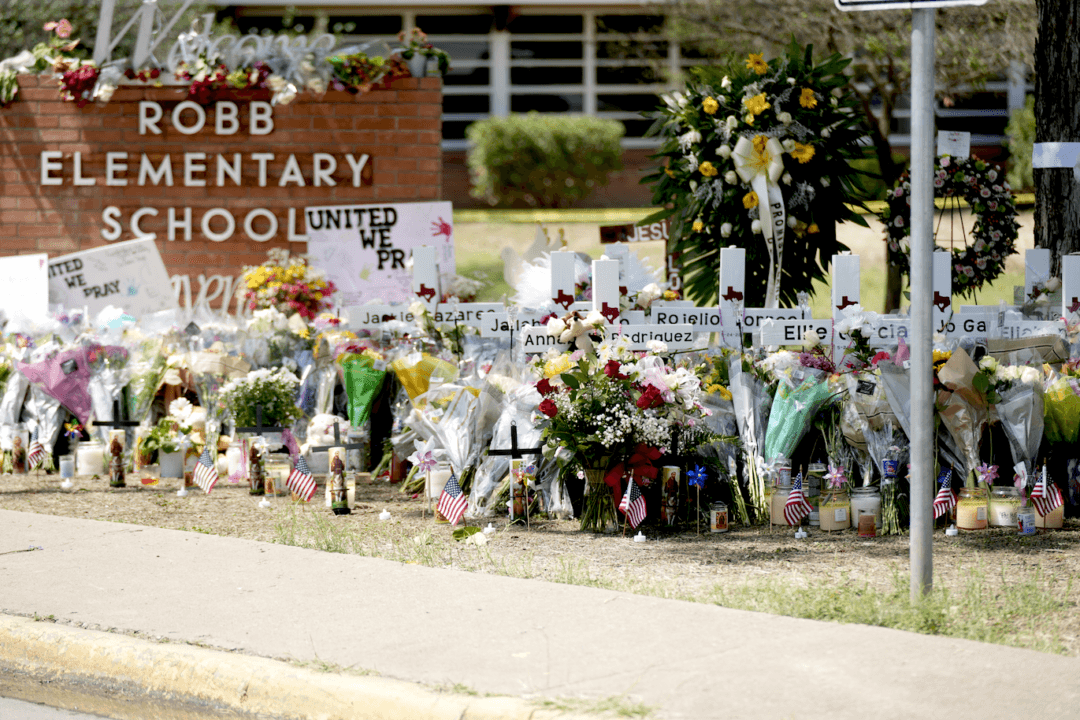UVALDE, Texas—Retired Border Patrol special operations agent Jim Volcsko has trained law enforcement officers in active shooter scenarios.
For years, he was part of the Border Patrol tactical unit called BORTAC, similar to a SWAT team, in the Uvalde and Del Rio region. His former colleague, an active BORTAC agent, fatally shot the suspected shooter at Robb Elementary School in Uvalde on May 24.





